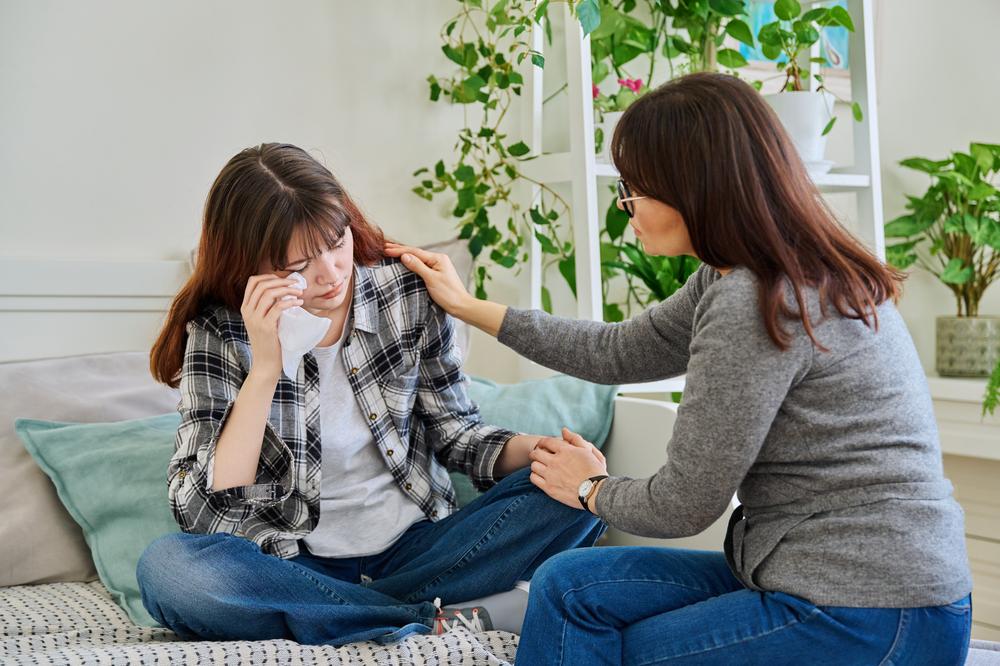It appears adolescents today are struggling more with their mental health than those in previous generations. From 2012 to 2018, there was a 34.6% increase in the prevalence of mental illness in children ages 4 to 17. Many parents find themselves seeking treatment for the first time when their kids need help. There are more services available than in decades past, but that doesn’t make it any easier to narrow down the best choice for your family.
Partial hospitalization programs (PHPs) are beneficial for children who don’t need acute inpatient treatment, but may need more support than outpatient therapy delivers. These programs offer a lot of benefits. Group therapy is especially helpful for children. Providers are able to help more children each day, and with higher volumes, they can accept more insurance plans. Individual therapy is still an essential part of a PHP. But how do you know which program will offer the best treatment environment for your child?
This article outlines 11 things to look for in an adolescent partial hospitalization program near you.
What should I look for in an adolescent partial hospitalization program?
The goal of an adolescent partial hospitalization program is to give children time and space to work through mental health challenges and start to recover their ability to function. Each child in a PHP setting needs a personalized treatment plan that accounts for their condition, their needs and their strengths. A great program will support your child in building healthy coping skills and adapting them to life outside of treatment. It will also support you as their caregiver and involve other family members in your child’s treatment. And when your child is finishing treatment, their program should support them in the transition back to life at home and at school.
Of course, you want to make sure their care providers have experience and credentials. You should also look at the program’s website and do a quick search to find reviews and testimonials. Do they have a track record of success? Your child’s education should stay a top priority throughout treatment, too. Find out how much time a program allows for schoolwork each day and what type of educational staff will be there to support them.
11 things to look for in a partial hospitalization program for adolescents near you
In 2021, the American Academy of Child and Adolescent Psychiatry and Children’s Hospital Association declared a national emergency in child and adolescent mental health. More and more new clinics are opening up to offer structured outpatient programs like PHPs for adolescents. It’s wise of parents to do some research and find a clinic with both experience and the right credentials for their child’s condition.
When you’re considering adolescent partial hospitalization programs for your child, look for these 11 features and benefits:
- Personalized treatment plans — Each child begins an adolescent PHP with a unique history and unique treatment goals. Their treatment plan should combine handpicked treatments in a sequence that will help them move forward. It should also include a primary therapist and programming that connects with your child as an individual.
- Licensed providers — Your child should only receive treatment from licensed clinicians and therapists with experience treating their condition. Learn about their educational background and credentials.
- Communication throughout the program — You should never have to wonder how your child’s doing in therapy. During your consultation, ask about the avenues of communication between staff and parents. How do clinicians keep parents updated about each child’s engagement and progress?
- On-duty nurses — Mental health is health. When they’re going to therapy for several hours a day, your child will need some extra care. Find out if there will be a nurse on duty to help with medications and any physical symptoms your child has during the day.
- Dedicated time and assistance with schoolwork — You shouldn’t put your child’s education on hold while they’re in treatment. Schoolwork provides a bit of consistency for children and a connection with “life as usual.”
- Peer support groups — Group therapy and support groups help children stay socially connected during an experience that can be very isolating. Feeling seen and heard by their peers is a powerful part of treatment.
- Family therapy sessions — Involving the whole family in your child’s treatment will help your child feel supported at home. Everyone can learn something about their role in creating healthy family dynamics.
- Parent support — The treatment center you choose should help you understand what your child is going through and give you the tools and support you need.
- Medication management — Your child should see a psychiatric nurse practitioner or psychiatrist for any psychiatric medication adjustments. They should help you and your child manage side effects while you find medications that work.
- Support through the transition out of treatment — It will take your child some time to apply what they’ve learned in treatment to their everyday life. After a PHP, your child will likely need to taper down to an intensive outpatient program (IOP) for a few days of treatment and a few days of school each week.
- Proven outcomes — Before you settle on an adolescent PHP, find out what other parents think about their experience. Look for testimonials and reviews from outside sources.
Explore partial hospitalization for your child at Embrace U
Children have a lot of natural resilience, but some of life’s challenges are too much to handle without help from a licensed professional. The time your child spends in an adolescent partial hospitalization program will continue to serve them for the rest of their life. They’ll come out knowing more about mental health than most adults do, and you’ll have a plan for maintaining their mental wellness as a family.
Embrace U’s partial hospitalization program for adolescents combines the most effective evidence-based treatments to help children and families heal together. Your child’s individual therapist will help them approach their own thoughts and feelings with compassion. They’ll get to learn about their condition and try out emotional regulation skills alongside their peers. And they’ll have several hours dedicated to schoolwork each day so their education doesn’t have to wait.
Are you looking at partial hospitalization programs for your adolescent? Your child and your family are welcome at Embrace U. Contact our team today for more information or to schedule an assessment.




